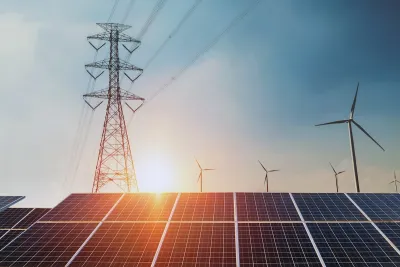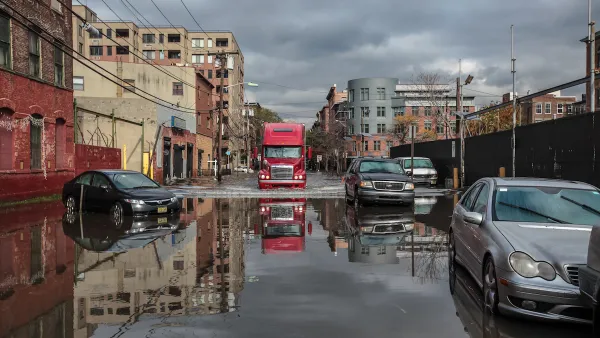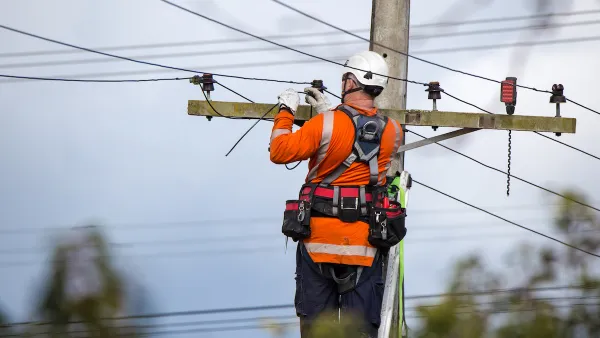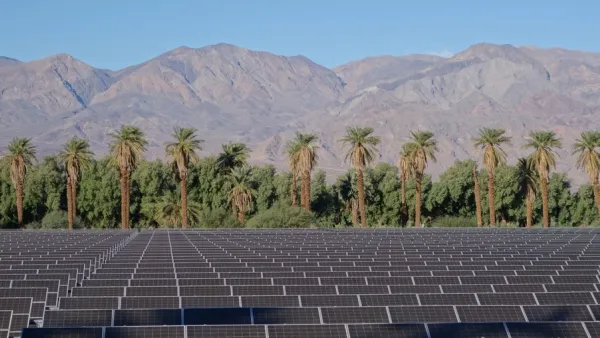How preparation and modern infrastructure can prevent power failures in an era of climate change.

The contrasting experiences of Texas and California during recent extreme weather events highlight the critical importance of resilient energy infrastructure and strategic planning in the face of climate change. For Yale Climate Connections, Dana Nuccitelli examines how Texas’ lack of preparation during Winter Storm Uri in February 2021 led to catastrophic power outages, while California’s proactive measures helped the state avoid major blackouts during record-breaking heat waves.
In Texas, over 4.5 million homes lost power during the storm, resulting in hundreds of deaths and revealing significant vulnerabilities in the state’s energy grid. Despite initial claims by Texas Gov. Greg Abbott that renewable energy was to blame, investigations showed that failures occurred across all types of power generation, including natural gas, coal, and wind. The primary issue was a lack of winterization and preparation for severe cold, not the inherent reliability of any particular energy source.
In contrast, California faced its own challenges during a record heatwave in 2020, which led to brief rolling blackouts. However, in the years following, the state made significant investments in grid management, battery storage, and regional cooperation. These efforts paid off during the extreme heat of 2024, when California's grid not only avoided blackouts but also provided energy to neighboring states.
For urban planners, these examples underscore the importance of investing in resilient infrastructure and adopting a comprehensive approach to energy management. Texas’ decision to maintain an isolated grid system further limited its ability to import power during the crisis, highlighting the risks of grid isolation and the benefits of regional integration.
FULL STORY: How mismanagement, not wind and solar energy, causes blackouts

Analysis: Cybertruck Fatality Rate Far Exceeds That of Ford Pinto
The Tesla Cybertruck was recalled seven times last year.

National Parks Layoffs Will Cause Communities to Lose Billions
Thousands of essential park workers were laid off this week, just before the busy spring break season.

Retro-silient?: America’s First “Eco-burb,” The Woodlands Turns 50
A master-planned community north of Houston offers lessons on green infrastructure and resilient design, but falls short of its founder’s lofty affordability and walkability goals.

Test News Post 1
This is a summary

Analysis: Cybertruck Fatality Rate Far Exceeds That of Ford Pinto
The Tesla Cybertruck was recalled seven times last year.

Test News Headline 46
Test for the image on the front page.
Urban Design for Planners 1: Software Tools
This six-course series explores essential urban design concepts using open source software and equips planners with the tools they need to participate fully in the urban design process.
Planning for Universal Design
Learn the tools for implementing Universal Design in planning regulations.
EMC Planning Group, Inc.
Planetizen
Planetizen
Mpact (formerly Rail~Volution)
Great Falls Development Authority, Inc.
HUDs Office of Policy Development and Research
NYU Wagner Graduate School of Public Service




























